Workout Routine After-Effects 101
It's no secret that exercise has a lot of health benefits. Maintaining a regular workout routine requires a significant investment of time and effort. It's vital to make sure that your fitness efforts target the muscle groups you want them to. Once you know how to tell if you are working out the areas of the body you're hoping to, you'll gain insight into which fitness strategies are keepers and which ones need to be adjusted. Here are tips for understanding workout routine results and how you can know that your fitness efforts are successfully targeting the muscle groups you want them to.General Signs of an Effective Workout Routine
There's no shortage of advice on how to develop a workout routine. Whether you look at articles online, ask a friend or stop in at your local fitness center, it's easy to find a workout routine that is right for you. However, it's much more difficult to tell if that workout routine is effective. Here are some general signs that your fitness efforts are heading in the right direction:
- A Good Night's Sleep — If you find yourself being rewarded with an excellent night's sleep on the same day you complete a workout, it's a great sign that your workout routine is effective. Getting in some good exercise can help you sleep longer and fall asleep faster. It can also increase the quality of your sleep. If you've been having trouble sleeping, adding a workout routine to your schedule can be a helpful solution.
- A Boosted Mood — Exercise is an excellent way to stimulate the body's release of chemicals called endorphins. When endorphins are released, they trigger feelings of positive emotions. If you find yourself feeling happier, more relaxed and in a more positive state of mind after your workout routine, it's likely that the exercise is doing good for your body (and your mind).
- Hunger — Feeling hungry after completing a workout routine is another good sign that your exercise activities are working successfully. Effective forms of exercise will use up energy stores in the body. Post-workout feelings of hunger signify that your body has used up this energy and is asking you to consume some more to fuel your daily life — and your future workouts.
- Muscle Soreness — This is probably the most well-known tell-tale sign of a successful workout. Feelings of muscle soreness and fatigue let you know that your muscles have been engaged during your fitness activities. General feelings of sore muscles are easy to recognize, but it's not so simple to pinpoint exactly where those feelings are coming from and which muscle groups have been targeted.
After-Workout Feelings in Specific Areas of the Body
- Upper Body — Examples of the potential benefits that make upper body workouts worthwhile include improvements in posture, strengthening of the back and shoulders and increased balance. Another reason to focus on the upper body is to tone the arms and shoulders.
- Pectoral Muscles: located in the chest region.
- Triceps: found on the backside of the top half of your arm.
- Biceps: found on the front side of the top half of your arm.
- Deltoid Muscles: located at the edge of the shoulders.
- Rhomboid Muscles: found in the upper back between the shoulder blades.
- Lower Body — If achieving a better posture is one of your workout goals, you should focus on the lower body as well as the upper body. Strengthening both of these areas can help improve posture. Some of the other exciting long-term benefits of focusing on the lower body when exercising include raising the rate of the body's resting metabolism, which can help with calorie-burning, and improving how easily you can walk, run, lunge and jump.
- Quadricep Muscles: found within the front side of the thigh.
- Calf Muscles: located on the backside of the bottom half of the leg.
- Hamstrings: found in the backside of the thigh, stretch from the hip to behind the knee.
- Gluteal Muscles or Glutes: are found on the backside of the hips.
- Hip Muscles: includes several muscle groups around the hips, including hip flexors, hip external rotators and hip abductors.
- Core — Whether you have taken a few yoga classes or are a fitness expert who enjoys climbing strength training with MaxiClimber, you've probably heard of the importance of the core. Some of the benefits you can expect from strengthening your core include improved stability, a reduced chance of suffering falls or injuries and increased ease in completing everyday tasks such as sitting, standing, household chores, gardening and various sports and hobbies.
- Transverse abdominis: found far within the abdominal area.
- Rectus abdominis: found in the center of the abdominal area; it stretches from the ribs to the front side of the pelvis.
- Oblique Muscles: located on either side of the abdominal area.
If the aftereffects of your workout routine are centralized in these muscle areas, you are likely targeting your core.
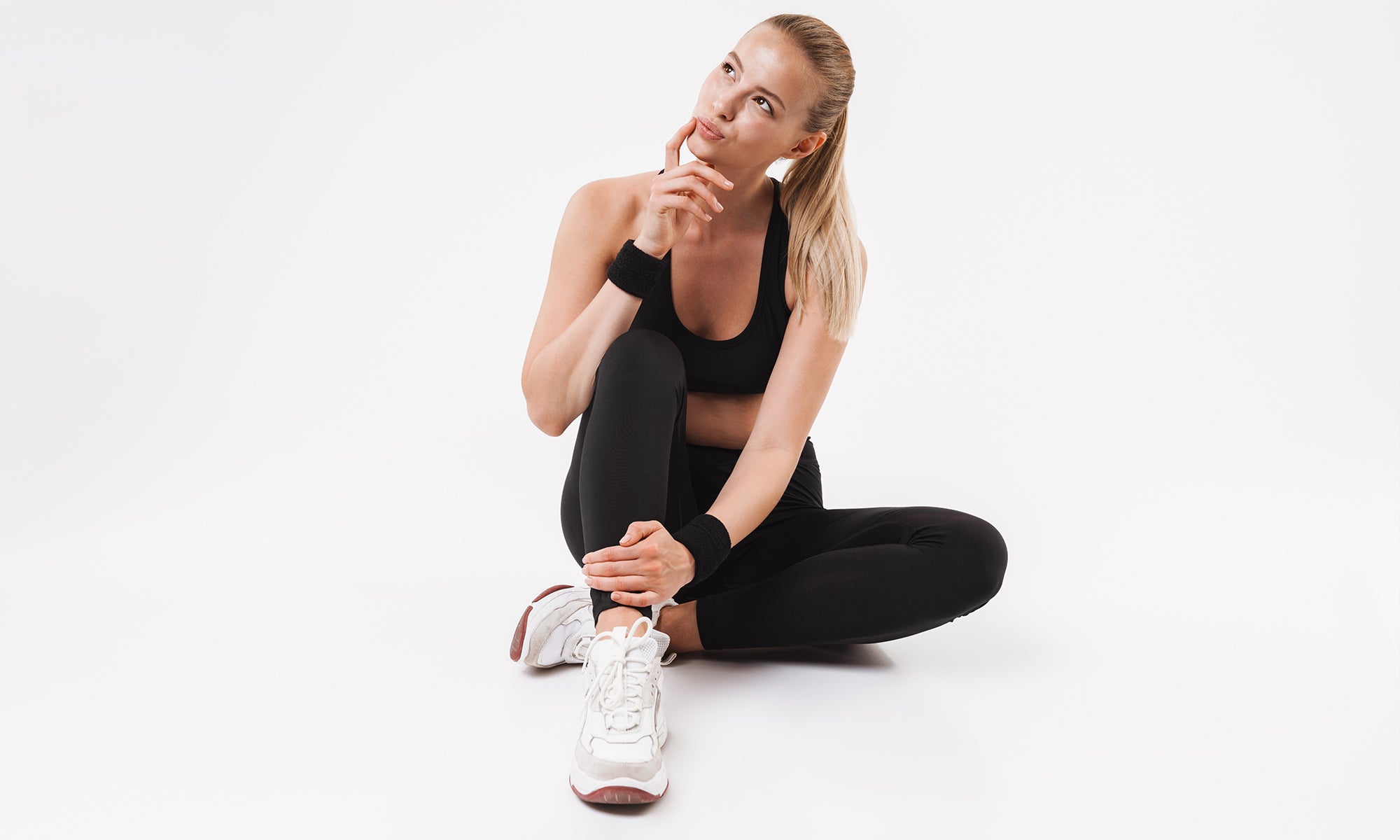



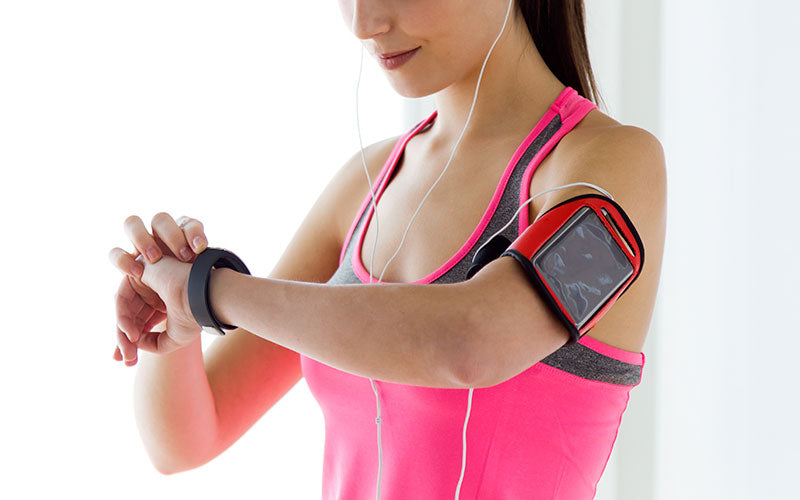
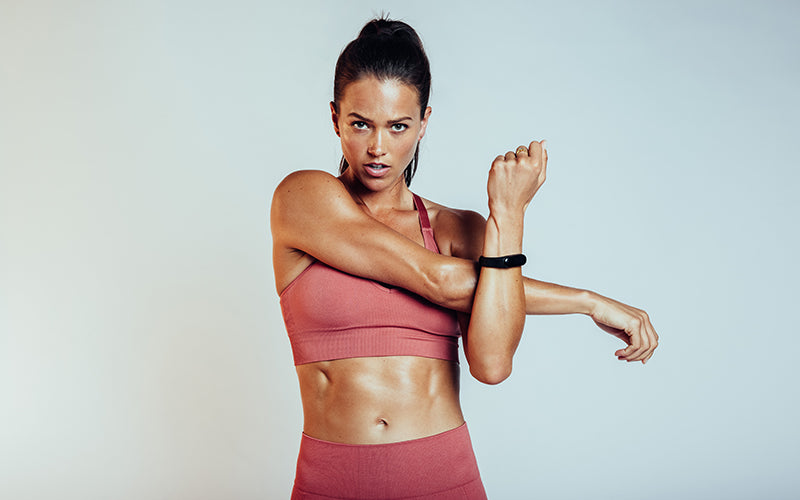

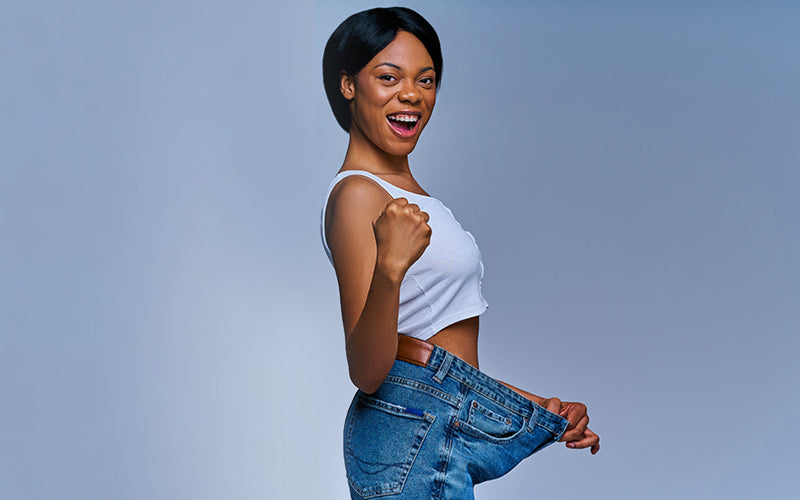
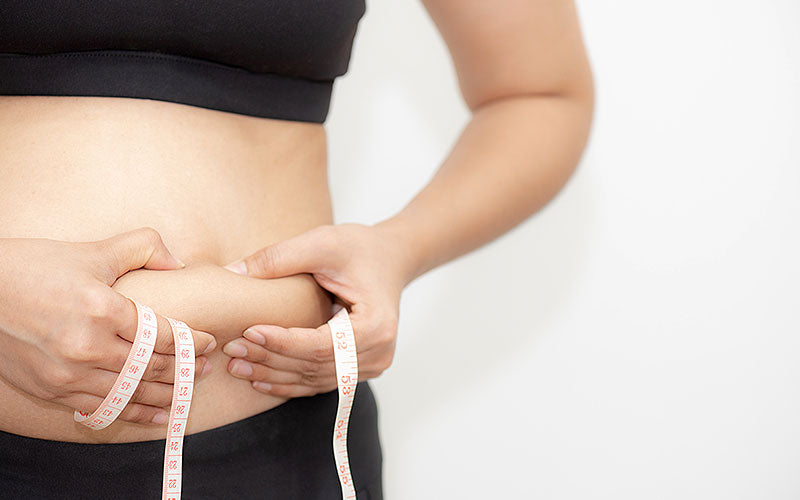
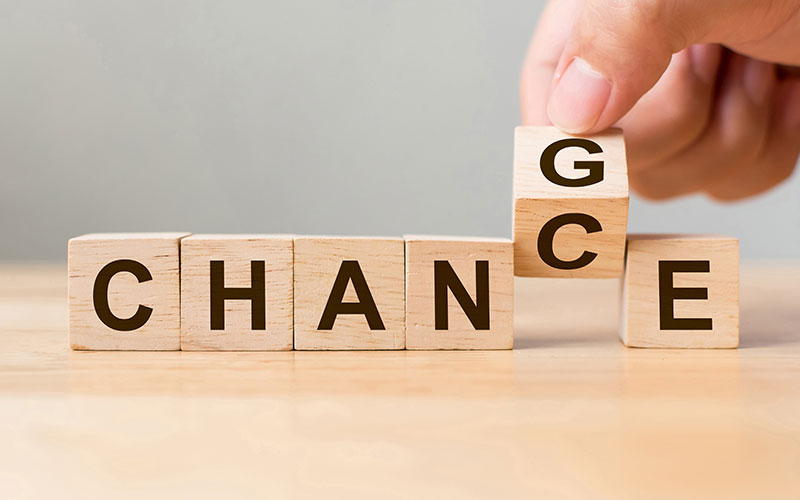
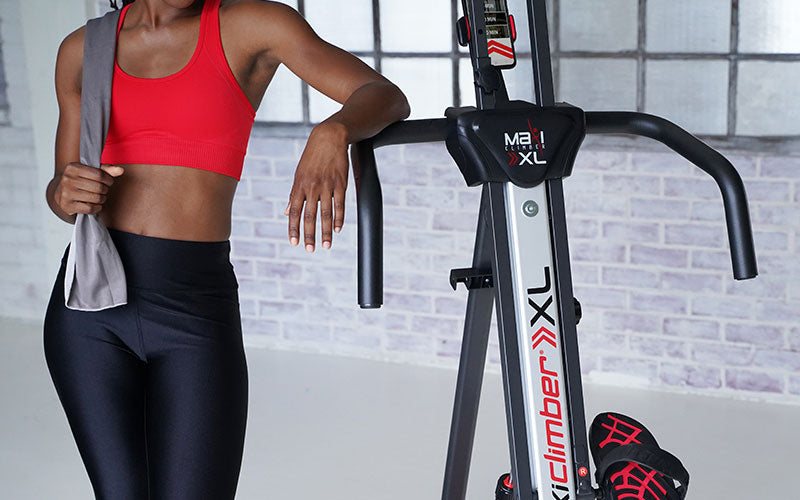
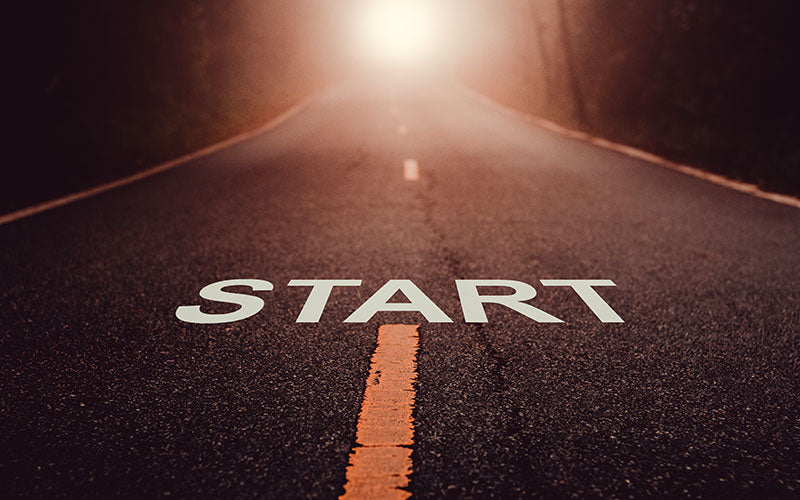
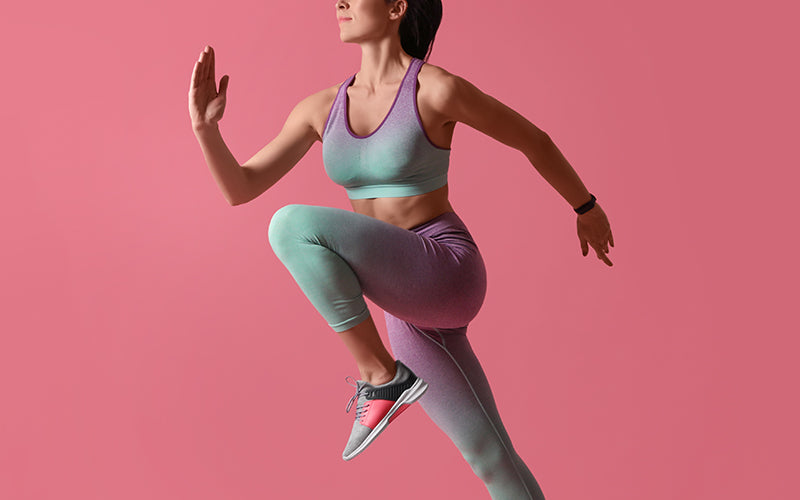
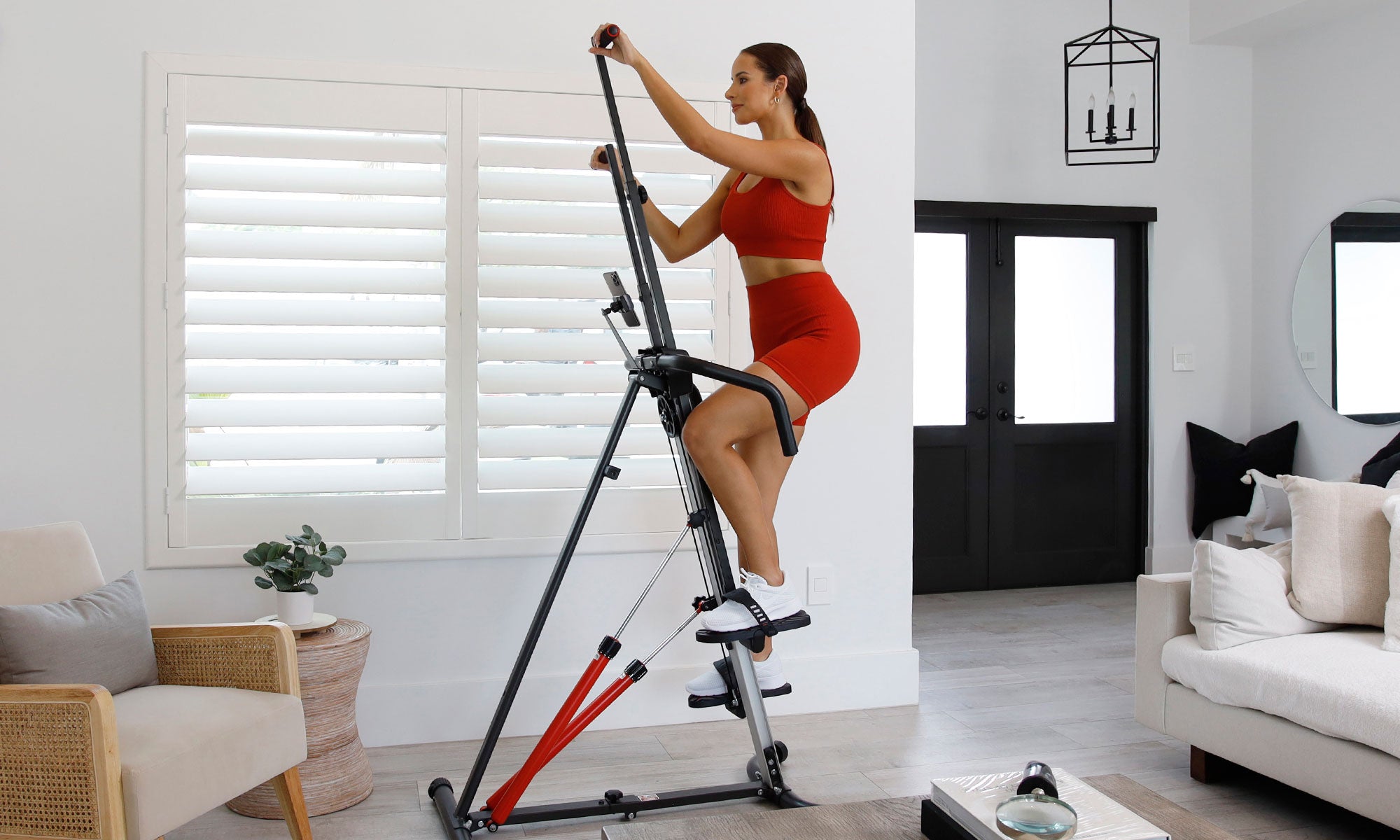
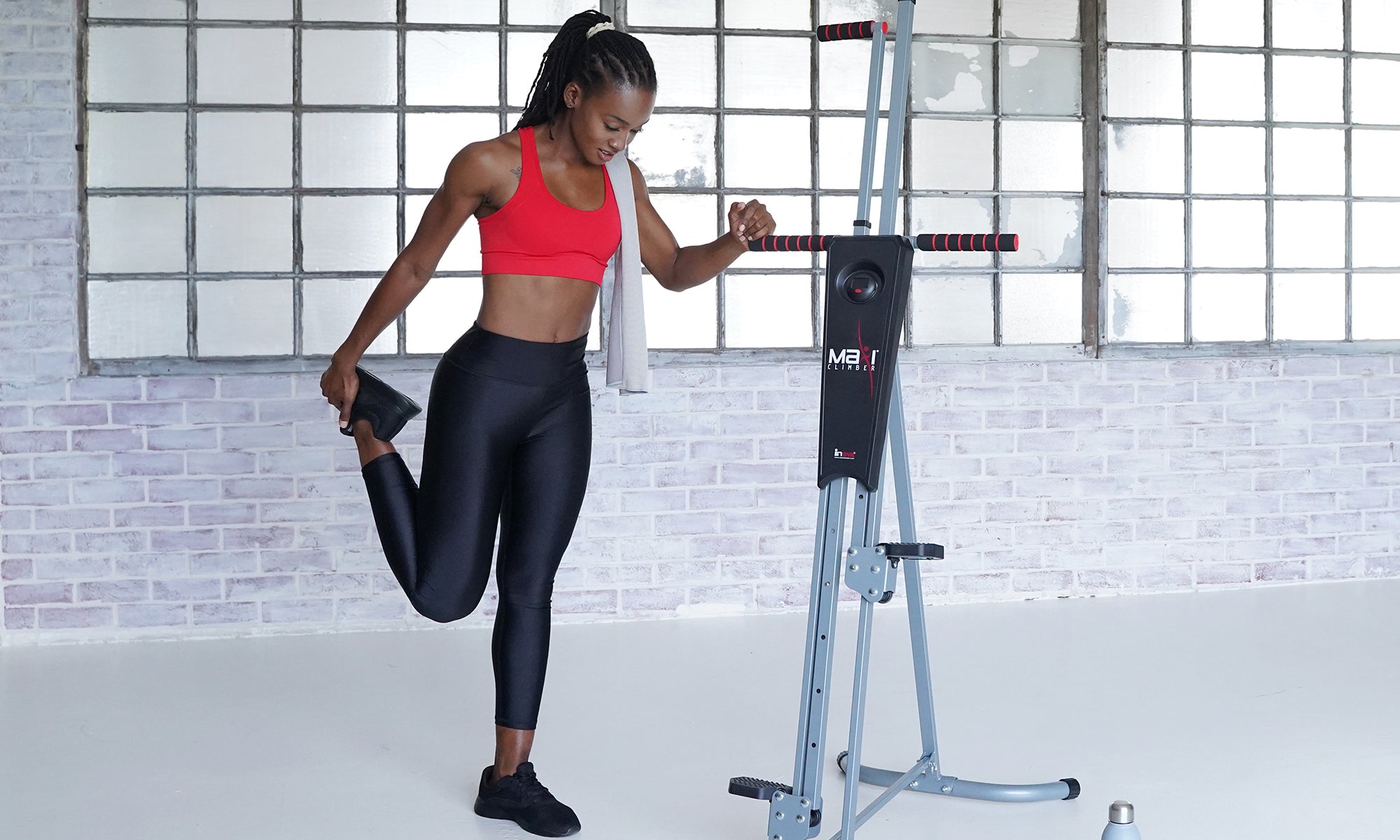
Share: